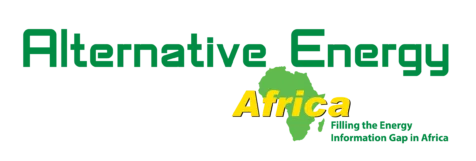In a bid to bring electrification to selected areas in the Eastern Cape, the Mbhashe municipality at Dutywa (formerly Idutywa), located around 90 kilometres from Umtata, in conjunction with the Department of Energy (DoE), has commissioned Johannesburg-based energy resourcing specialist Powermode to install solar PV (photovoltaic) power in 1700 rural households.
Part of the Eastern Cape rural housing development plan, the R16-million project includes the installation of an off-grid solar home system, as defined by the DoE, in each of the dwellings.
“The two-phase project – to be completed in November 2015 – involves the installation of a 90-watt roof-top solar PV panel and storage battery to deliver enough energy to power six indoor LED lights for up to four hours per day and two external LED security lights for 12 hours,” says Jack Ward, MD of Powermode.
“The system is also capable of powering a DC [direct current] 32-inch TV set for five hours as well as providing cell phone charging for five hours via two seven-amp ‘cigarette-lighter-type’ sockets.”
According to Ward, the system is able to be expanded, with additional solar panels and batteries, to cater for a DC refrigerator, washing machine and a sewing machine.
He says the houses selected by the Mbhashe municipality for solar electrification are located in remote areas where subsistence farming predominates. They are unlikely to be in line for Eskom power within at least three to five years.
Payment for the solar electrification project comes from a government-funded electricity grant previously ear-marked to assist home owners to pay for Eskom-generated power.
Ward says a key element of the project is the training and upskilling of local workers to technically support and maintain existing installations while establishing businesses to take advantage of future DoE initiatives and the possible expansion of installations as required by home-owners.
“There are around 3.4 million rural houses in South Africa awaiting electrification,” adds Ward. “There is a concerted effort by government to electrify around 200,000 of these houses, using renewable energy, by 2020. Projects are on-going in many provinces.”
A report in InSession magazine, Parliament’s monthly publication, notes that the demand for basic needs, such as ‘fridges and electric lighting, is increasing in remote rural areas, but the majority of households are not connected to the national grid.
The DoE’s Serame Moeketsi is on record, in this publication, as saying that, for this reason, the government’s Portfolio Committee on Energy has approved a non-grid, solar electrification programme that gives remote rural communities access to limited electricity functions until grid connections are possible.
Moeketsi notes in the article that the latest solar powered home systems are more powerful than previous offerings and use the latest LED lighting technology. They can also power a colour television, something the previous systems could not do.

